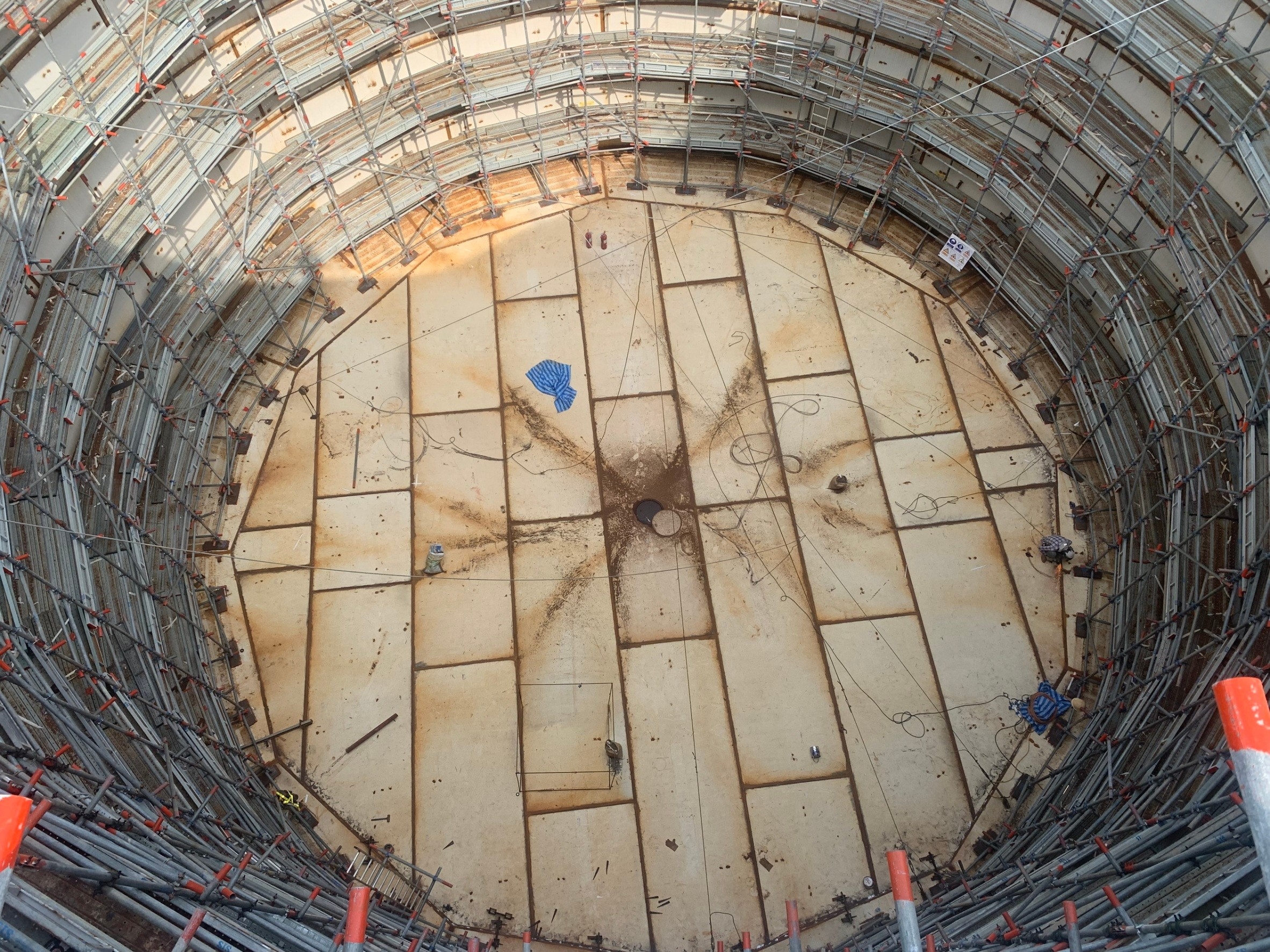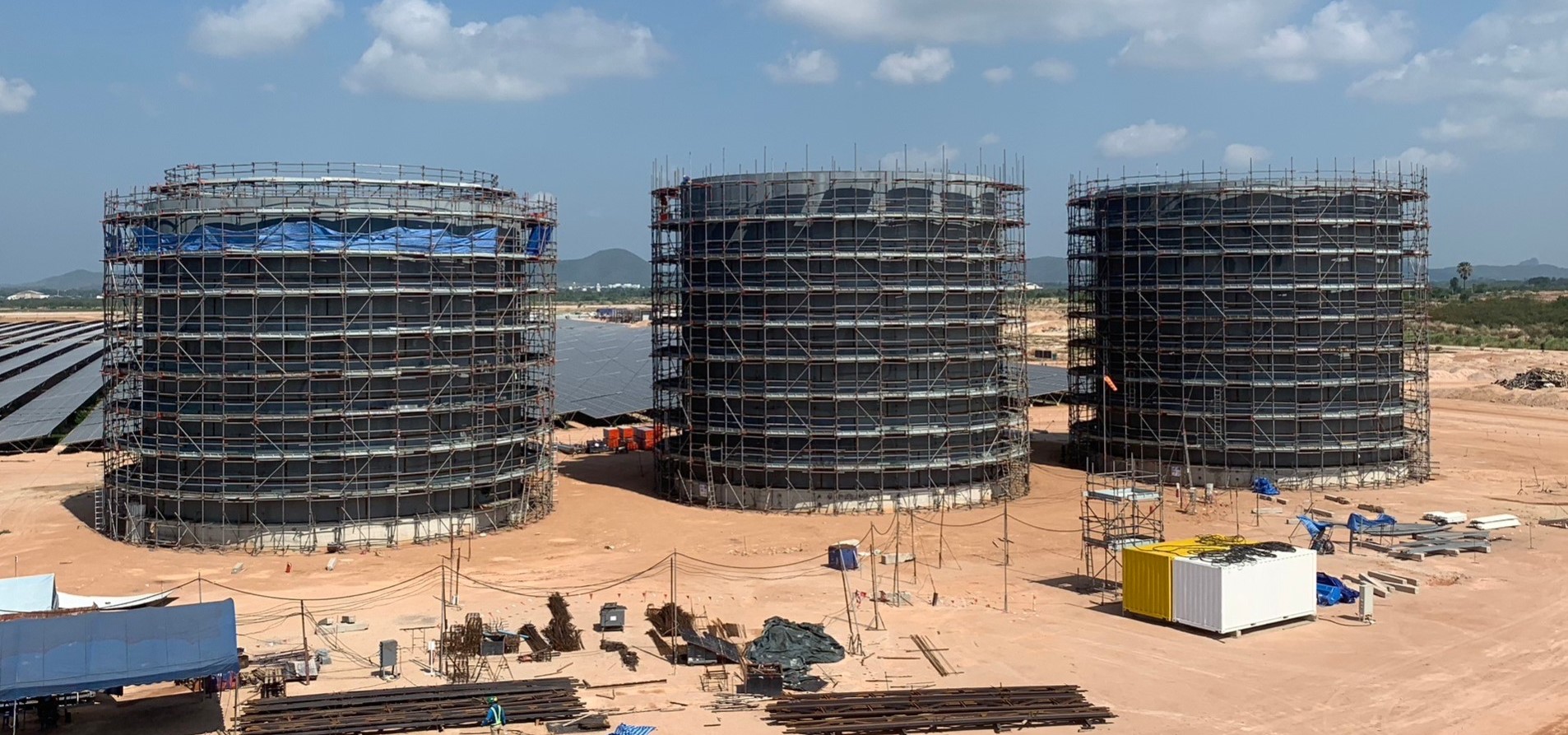U-Tapao International Airport (UTP) is an airport located in Ban Chang District of Rayong Province, approximately 170 km from Bangkok. Originally serving as the Royal Thai Navy Airfield, UTP has experienced significant growth in commercial airline service in recent years. This growth highlights its potential as part of the Bangkok airport system, which includes Suvarnabhumi International Airport (BKK) and Don Meuang International Airport (DMK). The development of the new U-Tapao International Airport is a key component of the EEC development initiative, which consists of six major infrastructure projects.
The new UTP Airport will be developed and operated by U-Tapao International Aviation Co., Ltd. (UTA), a joint stock company formed by Bangkok Airways (BA), BTS Group Holdings (BTS), and Sino-Thai Engineering and Construction (STEC). The fuel system at the new UTP airport will be operated separately under a concession by Global Aero Associates Co., Ltd. (GAA), a joint venture between Bangkok Aviation Fuel Services (BAFS) and PTTOR. To ensure efficient project management, GAA has enlisted the services of Brightstar Engineering for project management consultancy (PMC), which includes various tasks such as project management support, fuel demand projection, and construction supervision consultancy.
The initial phase of the new U-Tapao International Airport’s fuel system comprises an airport depot and hydrant facilities designed to meet industry guidelines. The airport depot includes three Jet A-1 fuel vertical storage tanks, road tanker offloading bays, pipeline receiving facility, and various other facilities for fuel transfer and management. It also features a hydrant system with pumps, flushing and depressurization facilities, and emergency shutdown capabilities. Firefighting facilities and ancillary systems like drainage and utility systems are included as well. Additionally, the fuel hydrant system consists of twin 16″ hydrant feeder lines, hydrant loops covering different areas, and refueling points at aircraft parking stands. Sectional valve chambers, emergency fuel shut-off system, and monitoring instrumentation ensure safe and efficient fuel distribution.
The initial phase of the new U-Tapao International Airport’s fuel system comprises an airport depot and hydrant facilities designed to meet industry guidelines. The airport depot includes three Jet A-1 fuel vertical storage tanks, road tanker offloading bays, pipeline receiving facility, and various other facilities for fuel transfer and management. It also features a hydrant system with pumps, flushing and depressurization facilities, and emergency shutdown capabilities. Firefighting facilities and ancillary systems such as drainage and utility systems are included as well.
The fuel hydrant system consists of twin 16″ hydrant feeder lines, hydrant loops serving all aprons, and refueling points at aircraft parking stands. Sectional valve chambers, emergency fuel shut-off system, and monitoring instrumentation ensure safe and efficient fuel distribution.
Overall, the development of U-Tapao International Airport and its fuel system signifies its potential for growth within the Bangkok airport system. The involvement of multiple companies and the implementation of industry guidelines highlight the commitment to quality and efficiency in the airport’s operations.
Brightstar Engineering, while providing project management consultancy for the U-Tapao International Airport’s fuel system, is fully dedicated to applying sustainability goals and minimizing environmental impact. The company commissions comprehensive environmental studies, actively promotes sustainable jet fuels, and promotes carbon net-zero by 2050. With a commitment to making a positive impact on the environment, Brightstar aligns the project with its sustainability objectives, contributing to a greener and more climate-accountable aviation industry.

